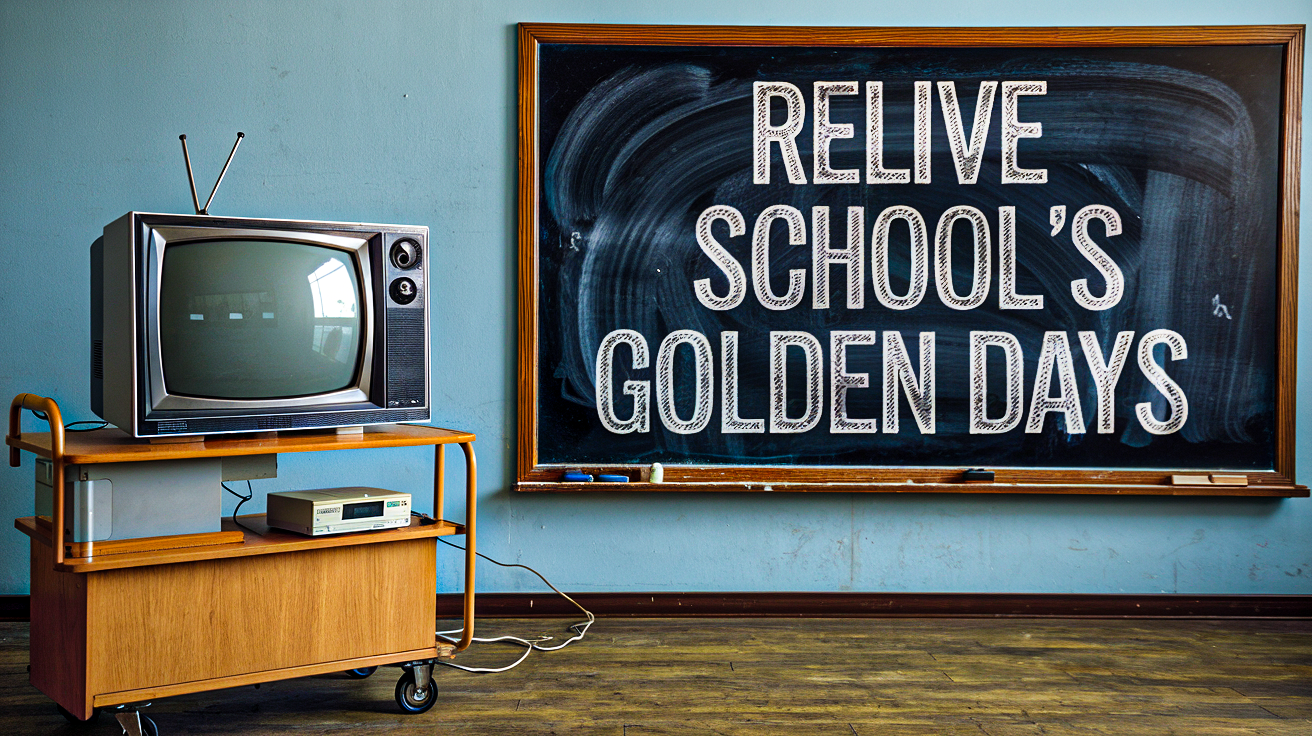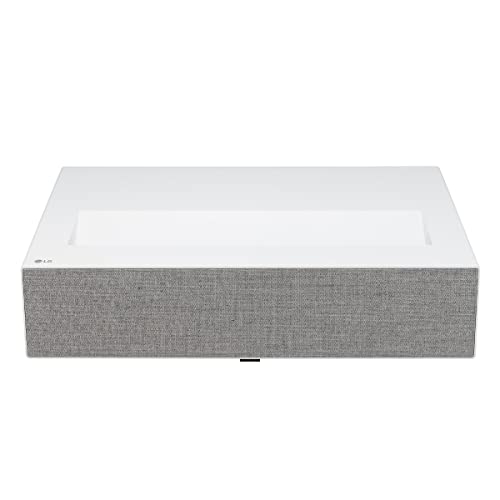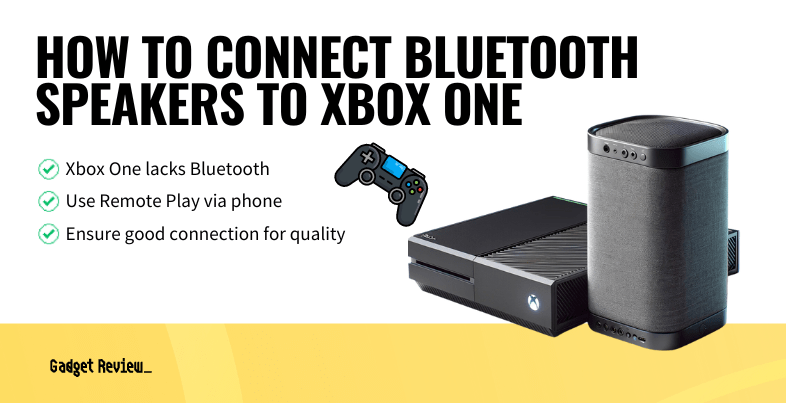Technology has dramatically transformed education in ways we could have never imagined. Many nostalgic elements of school life have sadly faded away into the background. This article looks at fifteen beloved items and experiences that have gradually disappeared from classrooms over the years, evoking cherished memories of simpler times and the unique charm they brought to the learning experience, enriching the lives of students and teachers alike.
15. The AV Cart and Movie Days
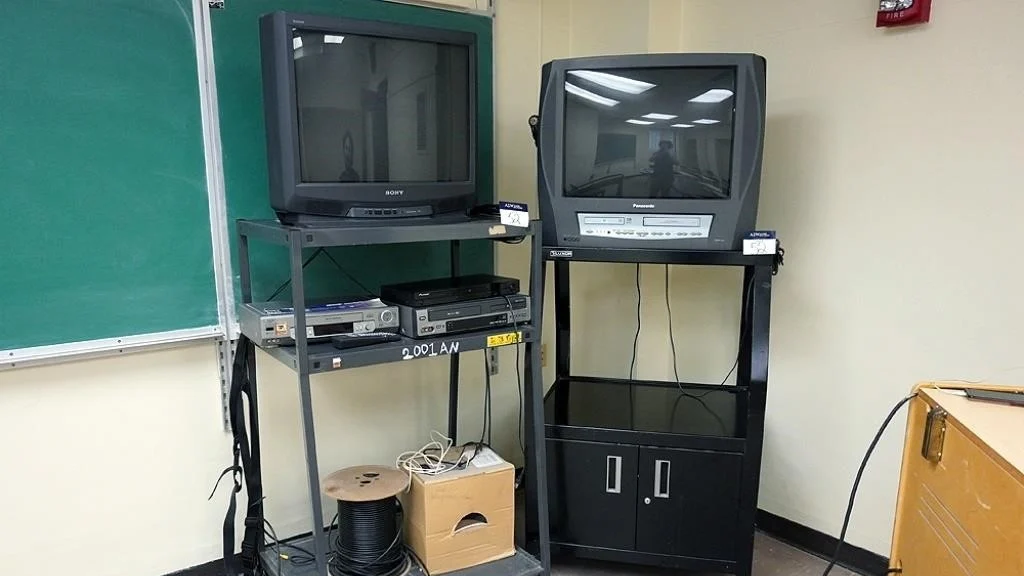
Remember the excitement when a substitute teacher rolled in an AV cart with a television strapped on top? This signaled movie day, a cherished event that brought joy to students. The anticipation of watching a film in class was a special treat, a break from the usual routine. The clunky VCR and boxy television were symbols of a simpler time, where learning was sometimes accompanied by a good movie.
However, with the advent of smart boards and built-in projectors, the AV cart has become a relic of the past. Today’s students may never experience the thrill of movie day in the same way, as technology has streamlined the process, making it more efficient but perhaps less exciting.
14. The Card Catalog and Dewey Decimal System
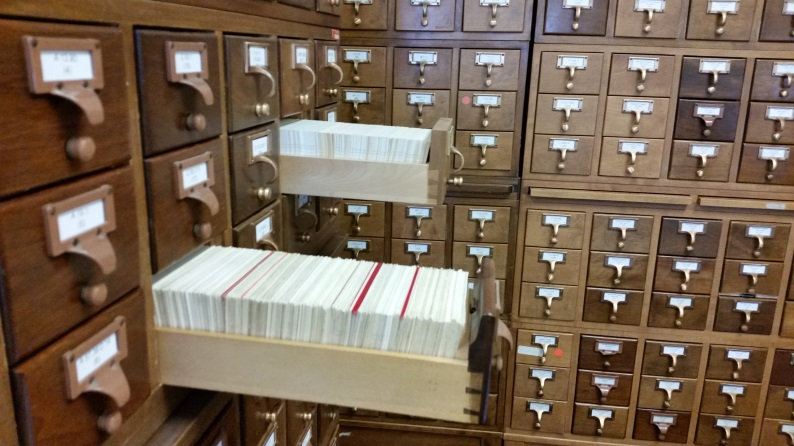
The card catalog was once a staple in school libraries, guiding students through the Dewey Decimal System to find books. This system, while complex, taught students valuable research skills and the joy of discovery. Sifting through tiny drawers to locate a book was an adventure in itself, fostering a sense of accomplishment when you finally found what you were looking for.
In contrast, today’s students have instant access to information through computers, eliminating the need for the card catalog. While this convenience is beneficial, it also means that many students miss out on the tactile experience of searching for books and the satisfaction of navigating the library independently.
13. The Checkout Card Experience
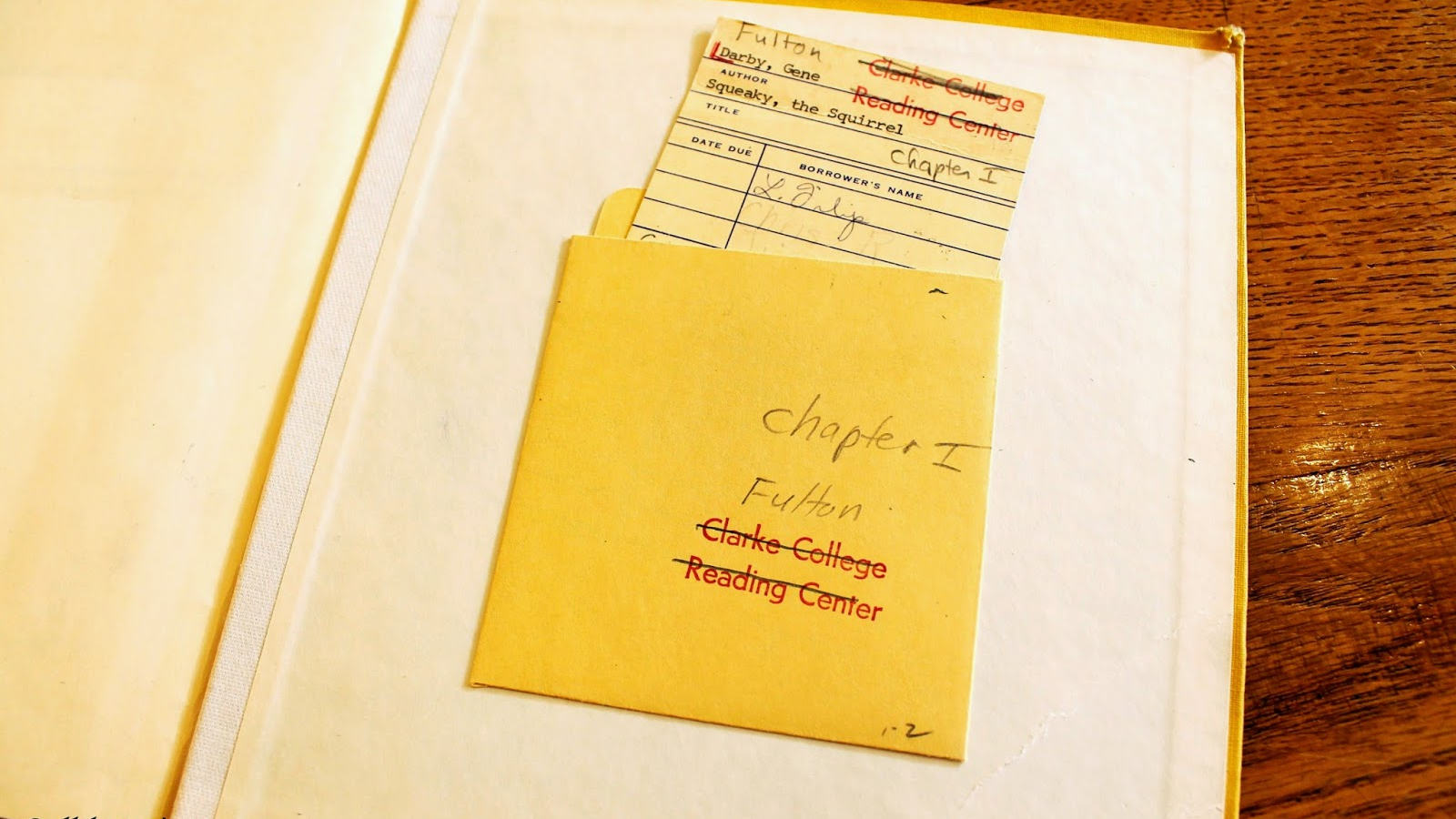
In the past, every library book had a checkout card attached to its back cover, listing all the previous borrowers. This was not just a record; it was a connection to the community of readers. Students would often scan the names, wondering who else had enjoyed the same book. This personal touch made the library feel like a shared space filled with stories and memories.
Today, libraries have transitioned to digital systems, replacing the checkout card with barcodes and computer tracking. While this modernization improves efficiency, it strips away the personal connection that once made checking out a book a memorable experience.
12. The Iconic Chalkboard
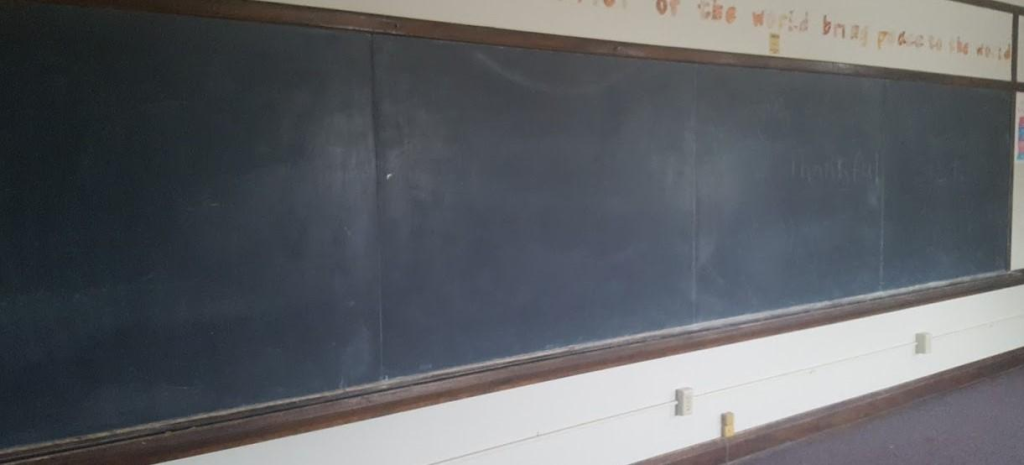
The chalkboard was a classroom icon, a canvas for teachers to illustrate lessons and for students to practice their writing. Many of us remember the sound of chalk scraping against the board and the thrill of being called up to write. Cleaning the erasers was a rite of passage, a task that connected students to the classroom environment.
Now, chalkboards have largely been replaced by dry-erase boards and smart boards. While these modern tools offer more functionality, they lack the nostalgic charm of chalk and the tactile experience of writing with it. The chalkboard remains a symbol of traditional learning, evoking fond memories for many.
11. The Decline of Cursive Writing
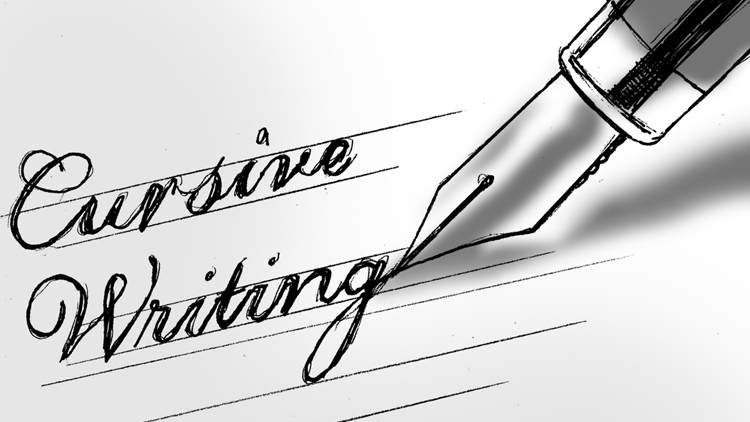
Cursive writing was once a fundamental skill taught in schools, with students practicing their loops and swirls diligently. The beauty of connecting letters gracefully was a point of pride for many. However, cursive has fallen out of favor, often deemed unnecessary in a digital age where typing reigns supreme.
Today, few students learn cursive, with most opting for print instead. This shift raises questions about the importance of handwriting in a world dominated by technology. The art of cursive writing, once a cherished skill, is now a fading memory for many.
10. Physical Grade Books
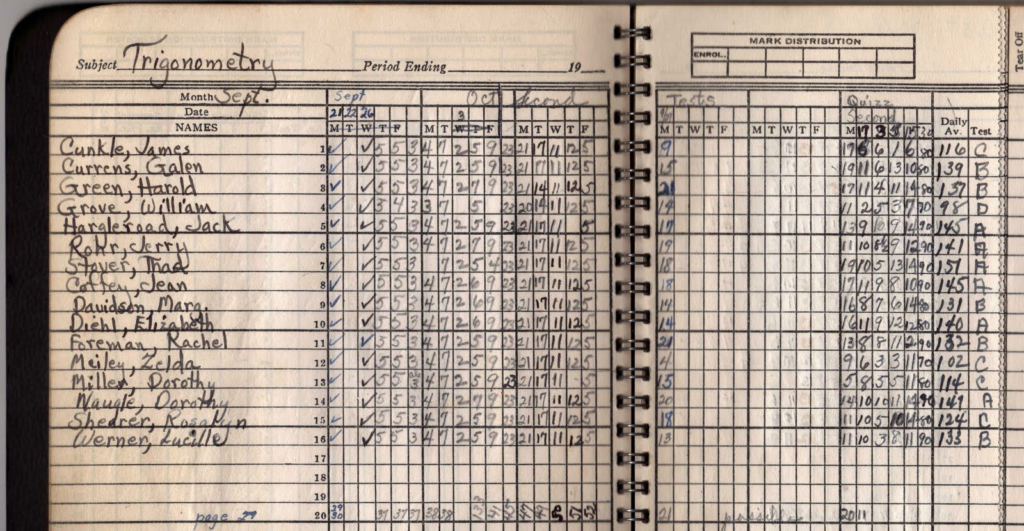
Before digital gradebooks, teachers kept track of everyone’s progress in those mysterious red or black books. Catching a glimpse of those sacred pages was like seeing behind the curtain at a magic show.
9. The Metal Lunchbox
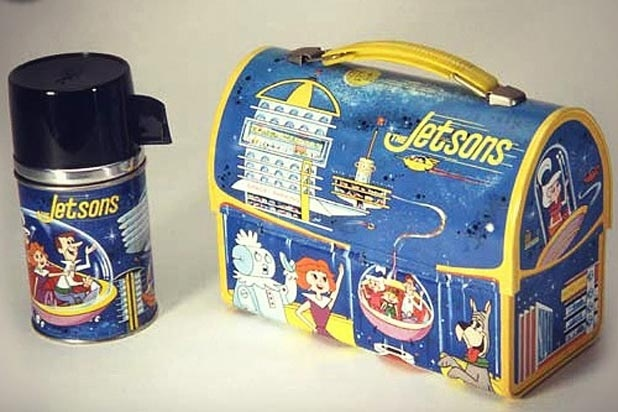
Every child had a metal lunchbox adorned with their favorite characters or superheroes. These lunchboxes were more than just containers; they were status symbols, a way for kids to express their personalities. The sound of the metal clanking as it was opened signaled the start of lunchtime, filled with excitement and camaraderie.
In contrast, today’s lunchboxes are often plastic and lack the character of their metal predecessors. The nostalgia associated with those lunchboxes, complete with matching thermoses, is a reminder of simpler times when lunchtime was a highlight of the school day.
8. Pull-Down Maps in Classrooms
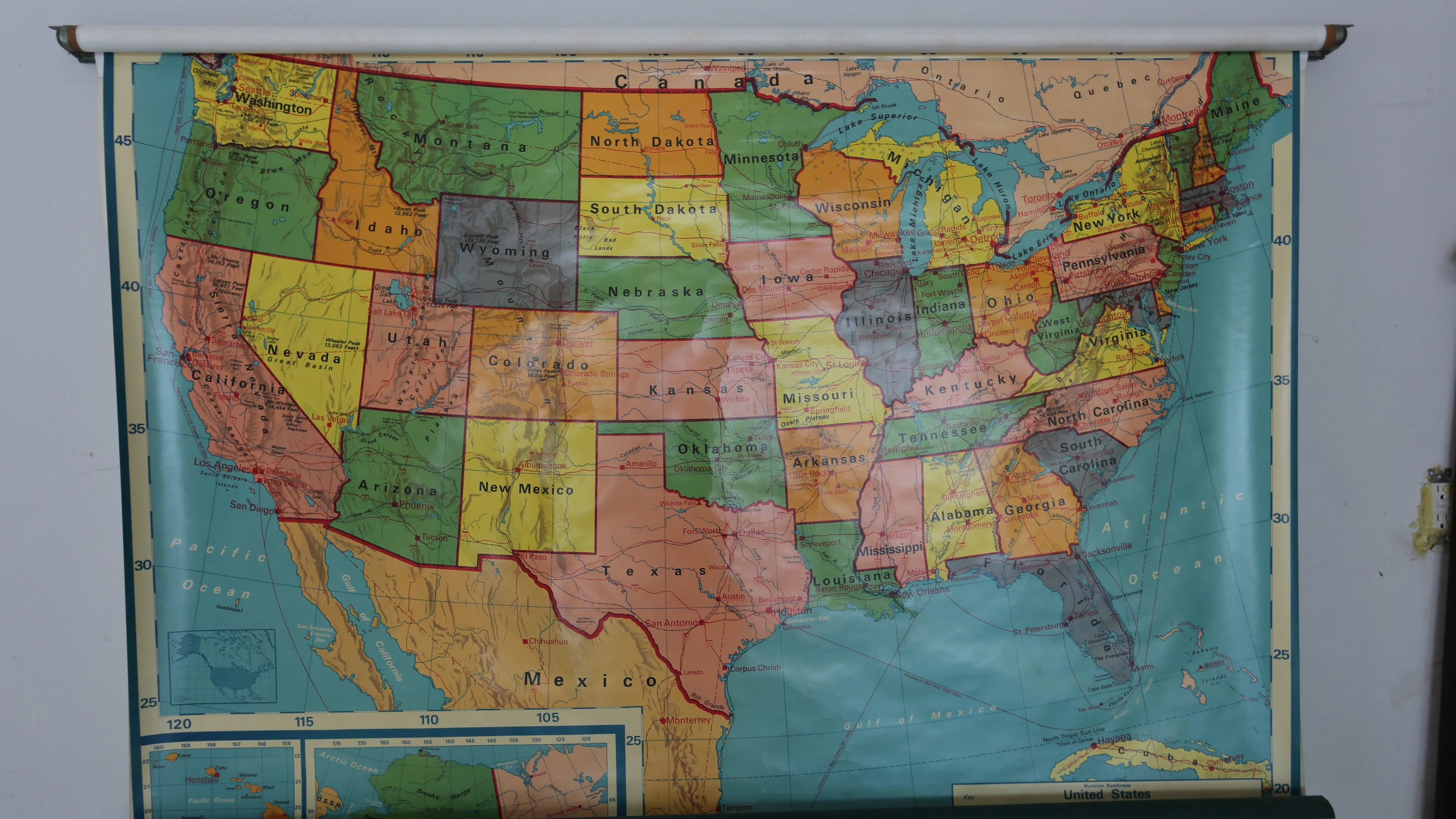
Before the rise of Google Maps, classrooms were equipped with pull-down maps that teachers would use to illustrate geography lessons. These maps provided a tangible way to learn about the world, allowing students to visualize locations and historical events. The act of pulling down a map added an element of excitement to lessons.
Now, maps can be displayed instantly on screens, but the tactile experience of handling a physical map is lost. While technology has made learning more efficient, it has also removed some of the hands-on experiences that made geography lessons memorable.
7. Wall-Mounted Pencil Sharpeners
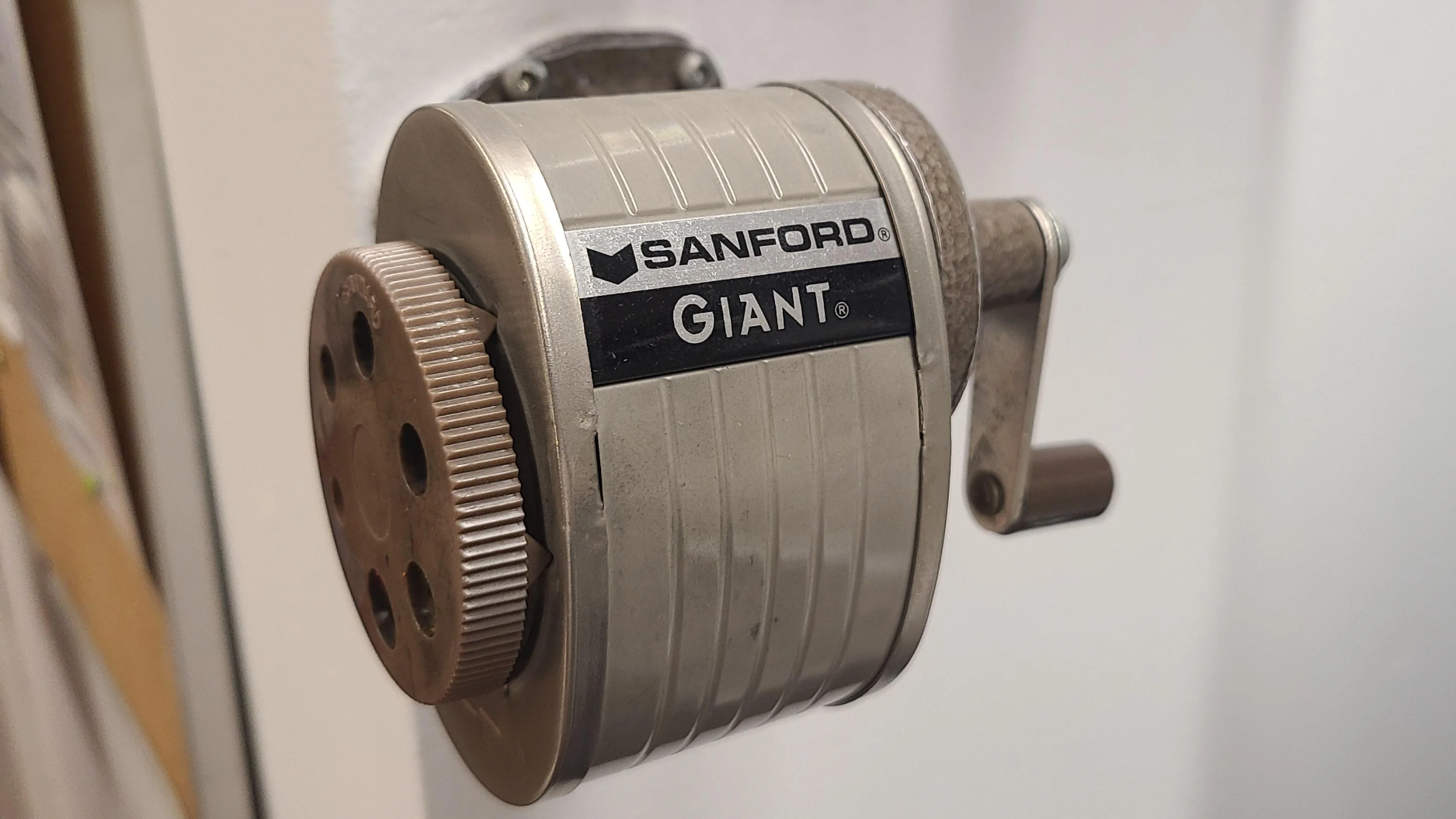
Wall-mounted pencil sharpeners were a common sight in classrooms, often causing more frustration than utility. They would chew up pencils or spill shavings everywhere, yet they were a staple of the school experience. The act of sharpening a pencil was a small ritual that many students participated in throughout the day.
Today, electric sharpeners have taken over, providing a more efficient solution. While this is undoubtedly an improvement, it lacks the charm and character of the old wall-mounted versions, which were often a source of shared laughter and minor mishaps.
6. Overhead Projectors
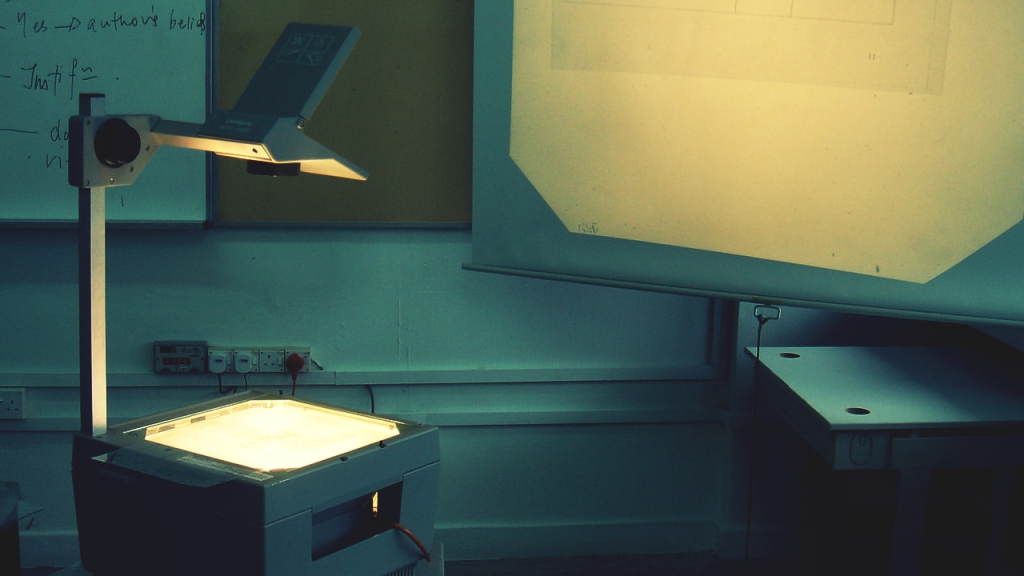
Overhead projectors were once the go-to tool for teachers to display lessons. They allowed for interactive learning, with teachers writing directly on transparent sheets. This method fostered engagement and collaboration among students, as everyone could see the same information at once.
With the rise of PowerPoint presentations and digital displays, overhead projectors have become obsolete. While technology has enhanced the learning experience, it has also removed some of the interactive elements that made lessons feel more personal and engaging.
5. Book Covers Made from Paper Bags

The art of covering textbooks with brown paper bags from the grocery store was a rite of passage. It was a chance to showcase your artistic skills and personalize your books with doodles and designs that lasted all year.
4. Film Strip Projectors
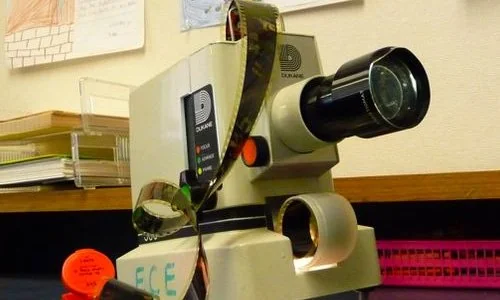
The distinct sound of the film advancing, accompanied by that signature “beep,” meant movie time! Even better was being chosen as the designated film strip operator, carefully following along with the cassette narration and advancing the frames at just the right moment.
3. The Joy of Duplicating Copies
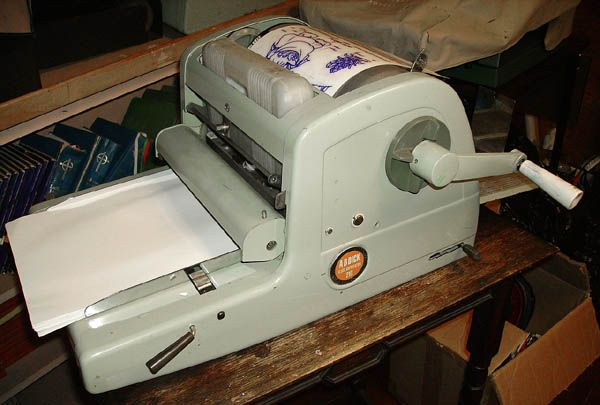
The thrill of receiving freshly made duplicating copies was a highlight for many students. The sweet smell of purple ink and the excitement of being chosen to operate the ditto machine created a sense of joy and anticipation. Making copies was a fun task that many students looked forward to.
Today, copying is done digitally, removing the sensory experience associated with the old duplicating machines. While this change has improved efficiency, it has also taken away the unique charm of the copying process that many students cherished.
2. The Classic Classroom Desk
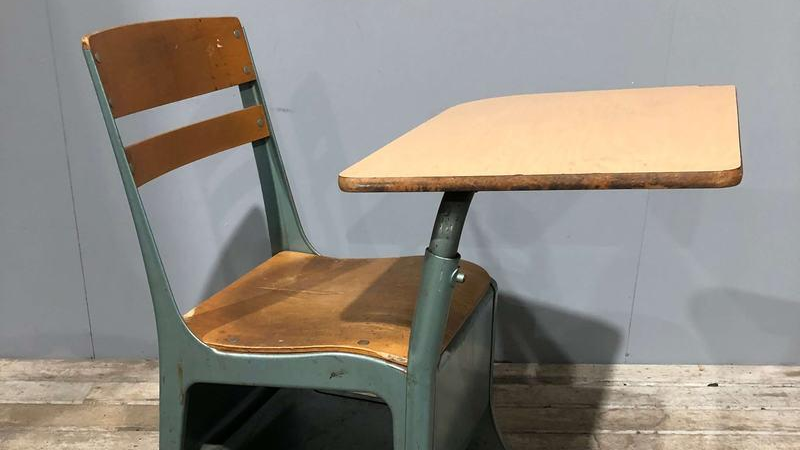
In the past, students sat at identical desks with wooden tops, arranged in neat rows facing the front. This uniformity created a sense of order and discipline in the classroom. The desks often had a ridge to hold pencils and a space underneath for books, making them functional and practical.
Modern classrooms have shifted towards more flexible seating arrangements, incorporating tables and chairs. While this change promotes collaboration and comfort, it also means that the classic classroom desk, a symbol of traditional education, has largely disappeared.
1. Handwritten Grade Books and Report Cards
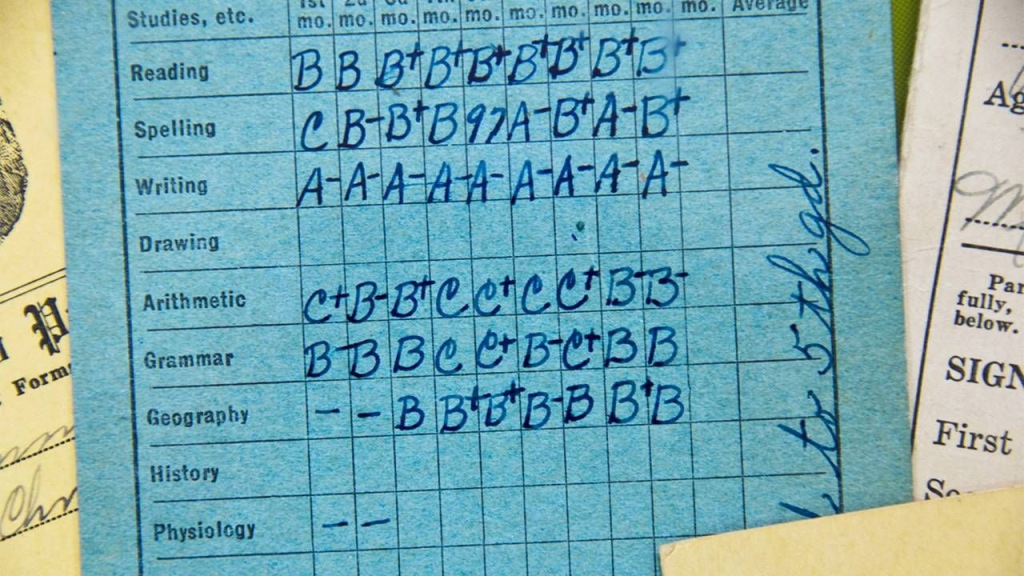
Finally, the handwritten grade book was a staple for teachers, requiring them to manually enter and average grades. The process of creating report cards was a labor of love, with each letter grade penned by hand. This personal touch added a unique character to report cards, making them special keepsakes for students.
Today, report cards are generated by computers, lacking the personal touch of handwritten notes. While this modernization streamlines the process, it also removes the sentimental value that came with receiving a handwritten report card, a cherished memory for many.

